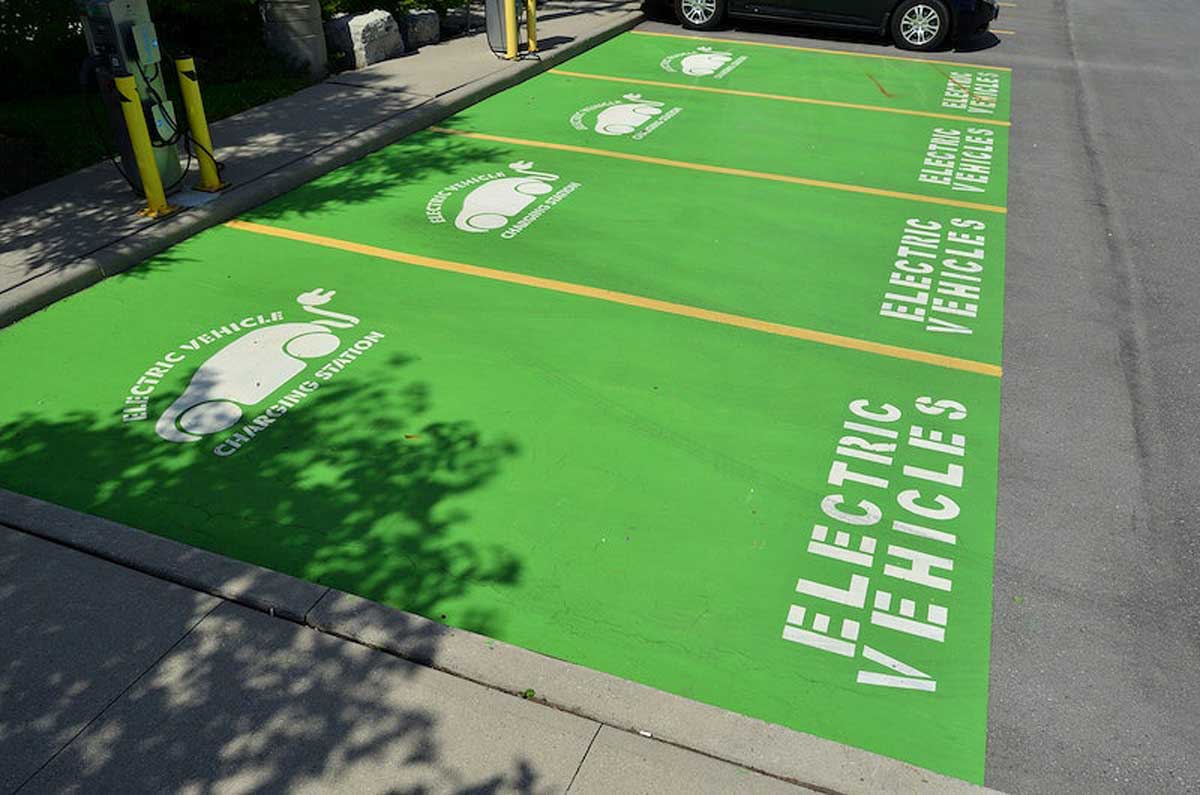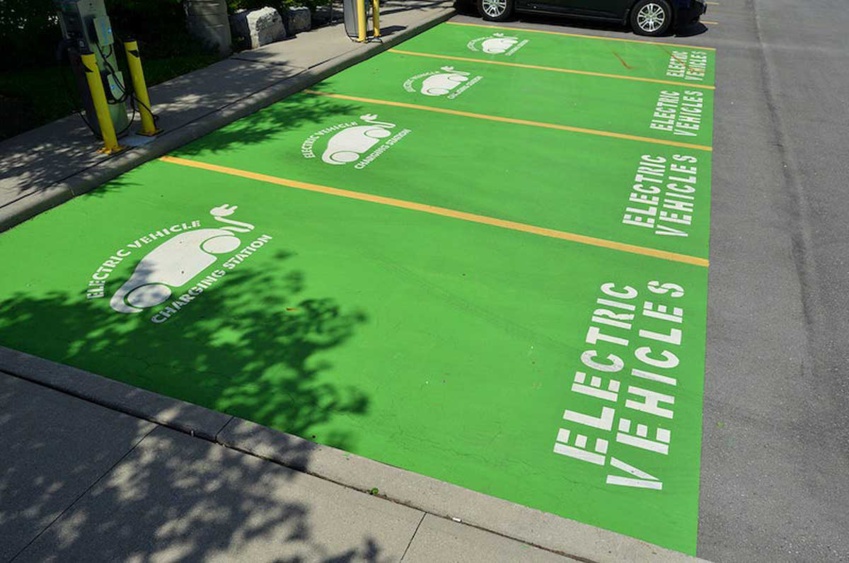As the prevalence of electric vehicles grows within the global automotive landscape, there's a recurring skepticism: do electric vehicles truly offer environmental benefits? Addressing this concern, recent findings from BloombergNEF affirm that electric vehicles indeed exhibit lower lifecycle emissions compared to their gasoline counterparts across various scenarios. The degree of reduction hinges on driving distance and the cleanliness of the charging grid.
Initially, battery-electric vehicles (BEVs) carry a heavier emissions footprint due to the energy-intensive nature of battery manufacturing. However, once operational, internal combustion engine vehicles (ICEs) quickly surpass BEVs in CO2 emissions, primarily due to the significant emissions from fossil fuel-powered cars.
BloombergNEF's analysis spans five key regions—US, China, Germany, UK, and Japan—revealing that over a distance of 250,000 kilometers (155,000 miles), a contemporary medium-sized BEV manufactured today emits 27-71% less CO2 compared to an equivalent ICE vehicle. The breakeven point varies across regions, with US drivers achieving it at around 41,000 kilometers, equivalent to approximately two years of average driving, while Chinese drivers reach it at 118,000 kilometers, roughly a decade of driving, due to the prevalence of fossil fuel in the grid.
The emergence of cleaner energy generation globally promises to accelerate this transition. By 2030, BloombergNEF predicts that the lifecycle breakeven for BEVs will shrink to one to four years across the surveyed markets. In the US, it would take around 21,000 kilometers, or about a year of driving, for a BEV to outperform an ICE vehicle in terms of emissions. While in China, the breakeven point extends to 53,000 kilometers, just over four years of driving.
It's crucial to note that actual emissions during EV charging will fluctuate based on the regional energy mix and charging times. Despite this variability, the trend towards cleaner grids reinforces the environmental advantages of electric vehicles, setting the stage for a more sustainable automotive future.
For instance, an electric vehicle (EV) owner in California who charges during daylight hours will produce half as many grams of CO2 per kilowatt-hour charged compared to someone who charges at night. This disparity between daytime and nighttime charging is expected to widen further by the end of the decade.
Currently, utilities offer tariffs to promote overnight charging. However, in the future, they might achieve a more significant environmental impact by incentivizing charging during peak renewable energy hours.
Enhancements to the EV manufacturing process have the potential to make electric vehicles even more environmentally friendly. Battery recycling initiatives could contribute to reducing the lifecycle emissions of new EVs. Additionally, relocating the entire battery manufacturing process closer to home, a move encouraged by legislation like the US’s Inflation Reduction Act, could diminish emissions associated with global transportation.
Initially, battery-electric vehicles (BEVs) carry a heavier emissions footprint due to the energy-intensive nature of battery manufacturing. However, once operational, internal combustion engine vehicles (ICEs) quickly surpass BEVs in CO2 emissions, primarily due to the significant emissions from fossil fuel-powered cars.
BloombergNEF's analysis spans five key regions—US, China, Germany, UK, and Japan—revealing that over a distance of 250,000 kilometers (155,000 miles), a contemporary medium-sized BEV manufactured today emits 27-71% less CO2 compared to an equivalent ICE vehicle. The breakeven point varies across regions, with US drivers achieving it at around 41,000 kilometers, equivalent to approximately two years of average driving, while Chinese drivers reach it at 118,000 kilometers, roughly a decade of driving, due to the prevalence of fossil fuel in the grid.
The emergence of cleaner energy generation globally promises to accelerate this transition. By 2030, BloombergNEF predicts that the lifecycle breakeven for BEVs will shrink to one to four years across the surveyed markets. In the US, it would take around 21,000 kilometers, or about a year of driving, for a BEV to outperform an ICE vehicle in terms of emissions. While in China, the breakeven point extends to 53,000 kilometers, just over four years of driving.
It's crucial to note that actual emissions during EV charging will fluctuate based on the regional energy mix and charging times. Despite this variability, the trend towards cleaner grids reinforces the environmental advantages of electric vehicles, setting the stage for a more sustainable automotive future.
For instance, an electric vehicle (EV) owner in California who charges during daylight hours will produce half as many grams of CO2 per kilowatt-hour charged compared to someone who charges at night. This disparity between daytime and nighttime charging is expected to widen further by the end of the decade.
Currently, utilities offer tariffs to promote overnight charging. However, in the future, they might achieve a more significant environmental impact by incentivizing charging during peak renewable energy hours.
Enhancements to the EV manufacturing process have the potential to make electric vehicles even more environmentally friendly. Battery recycling initiatives could contribute to reducing the lifecycle emissions of new EVs. Additionally, relocating the entire battery manufacturing process closer to home, a move encouraged by legislation like the US’s Inflation Reduction Act, could diminish emissions associated with global transportation.


 Maximizing Green Efficiency: EV Charging Strategies & Manufacturing Innovations
Maximizing Green Efficiency: EV Charging Strategies & Manufacturing Innovations





 Companies
Companies